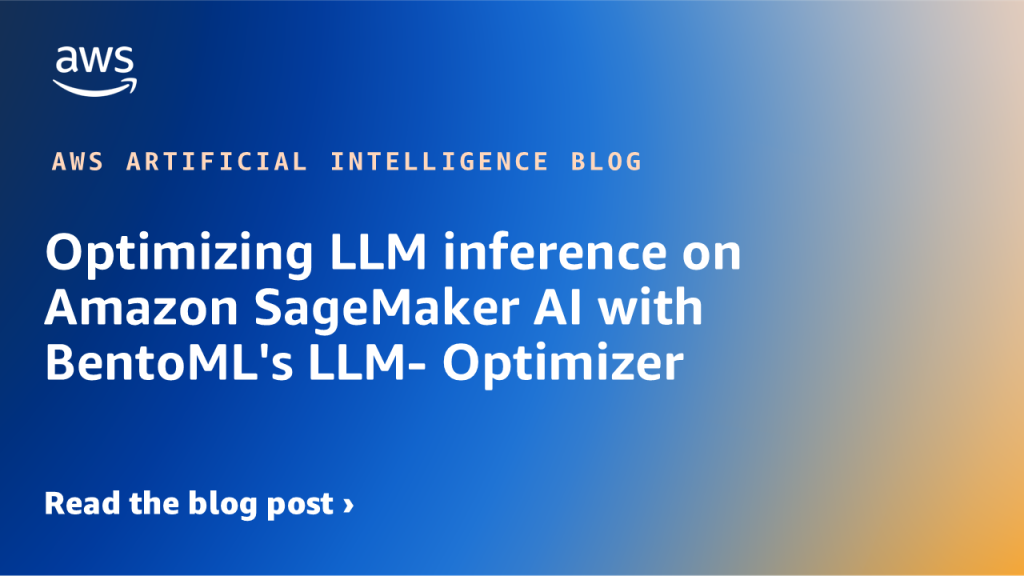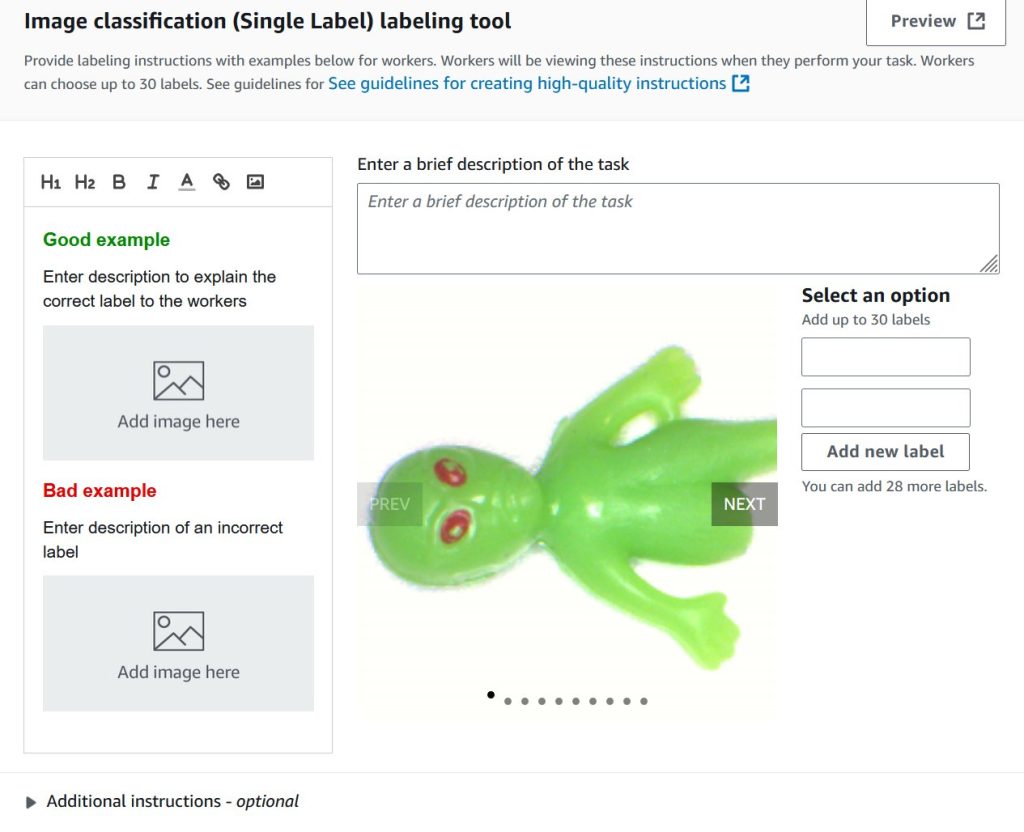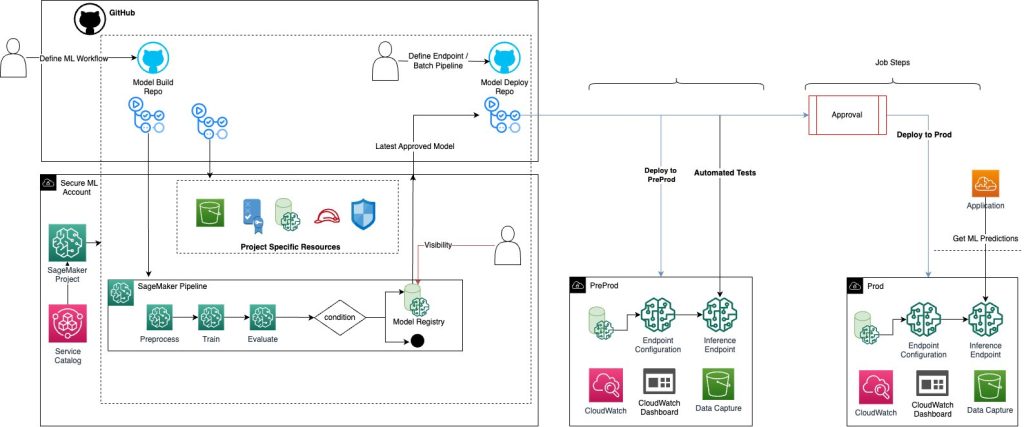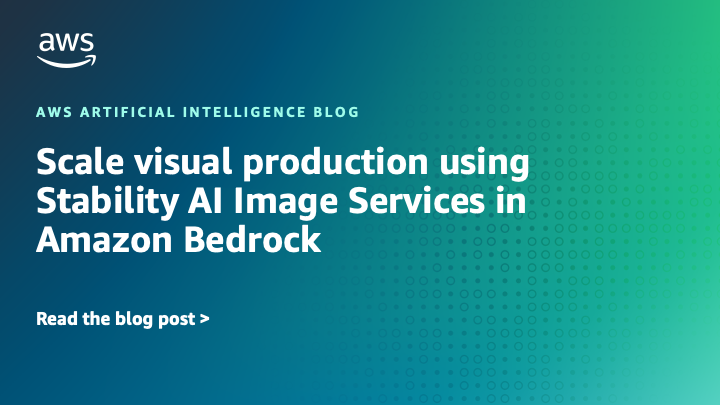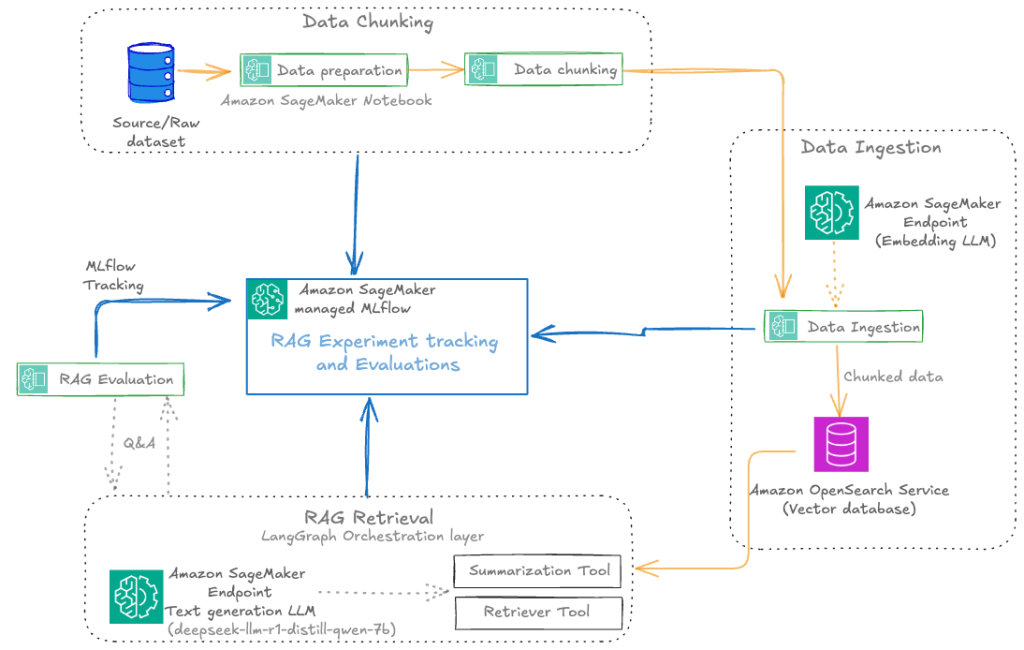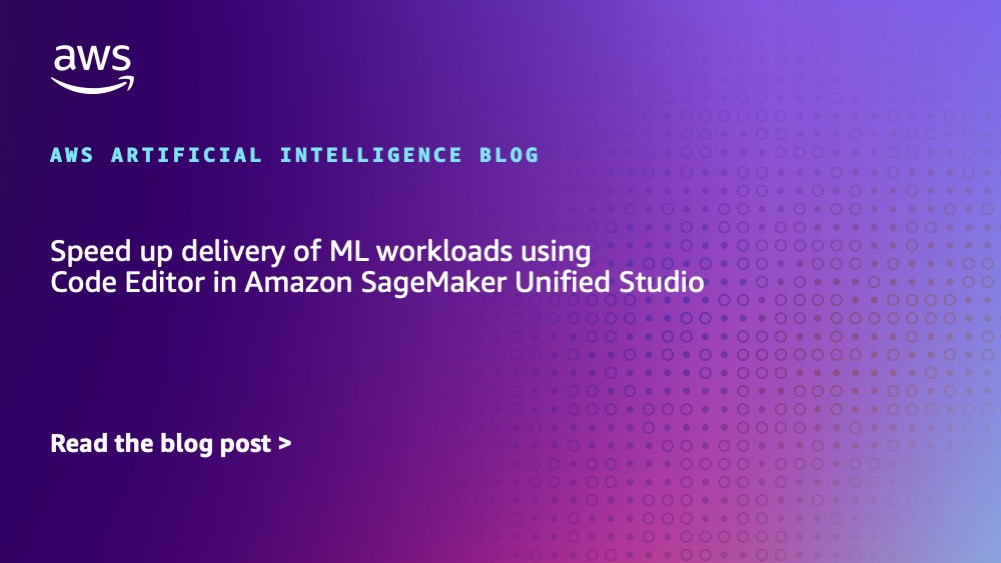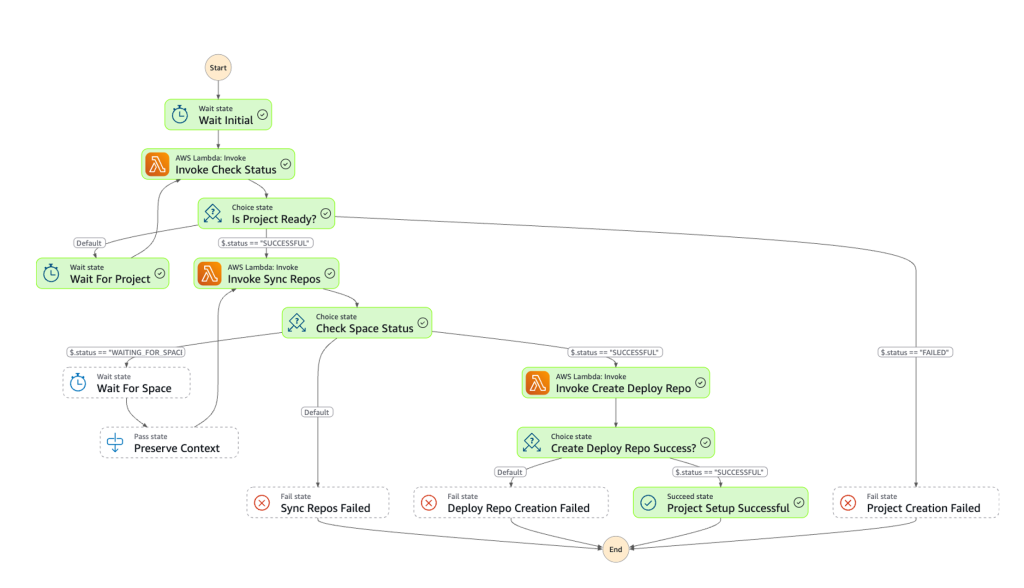Artificial Intelligence
Tag: Amazon SageMaker
Optimizing LLM inference on Amazon SageMaker AI with BentoML’s LLM- Optimizer
In this post, we demonstrate how to optimize large language model (LLM) inference on Amazon SageMaker AI using BentoML’s LLM-Optimizer to systematically identify the best serving configurations for your workload.
Train custom computer vision defect detection model using Amazon SageMaker
In this post, we demonstrate how to migrate computer vision workloads from Amazon Lookout for Vision to Amazon SageMaker AI by training custom defect detection models using pre-trained models available on AWS Marketplace. We provide step-by-step guidance on labeling datasets with SageMaker Ground Truth, training models with flexible hyperparameter configurations, and deploying them for real-time or batch inference—giving you greater control and flexibility for automated quality inspection use cases.
Implement a secure MLOps platform based on Terraform and GitHub
Machine learning operations (MLOps) is the combination of people, processes, and technology to productionize ML use cases efficiently. To achieve this, enterprise customers must develop MLOps platforms to support reproducibility, robustness, and end-to-end observability of the ML use case’s lifecycle. Those platforms are based on a multi-account setup by adopting strict security constraints, development best […]
How Hapag-Lloyd improved schedule reliability with ML-powered vessel schedule predictions using Amazon SageMaker
In this post, we share how Hapag-Lloyd developed and implemented a machine learning (ML)-powered assistant predicting vessel arrival and departure times that revolutionizes their schedule planning. By using Amazon SageMaker AI and implementing robust MLOps practices, Hapag-Lloyd has enhanced its schedule reliability—a key performance indicator in the industry and quality promise to their customers.
Scale visual production using Stability AI Image Services in Amazon Bedrock
This post was written with Alex Gnibus of Stability AI. Stability AI Image Services are now available in Amazon Bedrock, offering ready-to-use media editing capabilities delivered through the Amazon Bedrock API. These image editing tools expand on the capabilities of Stability AI’s Stable Diffusion 3.5 models (SD3.5) and Stable Image Core and Ultra models, which […]
Automate advanced agentic RAG pipeline with Amazon SageMaker AI
In this post, we walk through how to streamline your RAG development lifecycle from experimentation to automation, helping you operationalize your RAG solution for production deployments with Amazon SageMaker AI, helping your team experiment efficiently, collaborate effectively, and drive continuous improvement.
Build character consistent storyboards using Amazon Nova in Amazon Bedrock – Part 1
The art of storyboarding stands as the cornerstone of modern content creation, weaving its essential role through filmmaking, animation, advertising, and UX design. Though traditionally, creators have relied on hand-drawn sequential illustrations to map their narratives, today’s AI foundation models (FMs) are transforming this landscape. FMs like Amazon Nova Canvas and Amazon Nova Reel offer […]
Speed up delivery of ML workloads using Code Editor in Amazon SageMaker Unified Studio
In this post, we walk through how you can use the new Code Editor and multiple spaces support in SageMaker Unified Studio. The sample solution shows how to develop an ML pipeline that automates the typical end-to-end ML activities to build, train, evaluate, and (optionally) deploy an ML model.
Enhance AI agents using predictive ML models with Amazon SageMaker AI and Model Context Protocol (MCP)
In this post, we demonstrate how to enhance AI agents’ capabilities by integrating predictive ML models using Amazon SageMaker AI and the MCP. By using the open source Strands Agents SDK and the flexible deployment options of SageMaker AI, developers can create sophisticated AI applications that combine conversational AI with powerful predictive analytics capabilities.
Automate AIOps with SageMaker Unified Studio Projects, Part 2: Technical implementation
In this post, we focus on implementing this architecture with step-by-step guidance and reference code. We provide a detailed technical walkthrough that addresses the needs of two critical personas in the AI development lifecycle: the administrator who establishes governance and infrastructure through automated templates, and the data scientist who uses SageMaker Unified Studio for model development without managing the underlying infrastructure.
